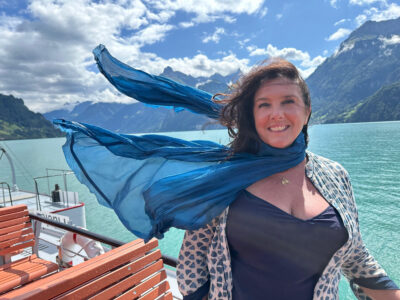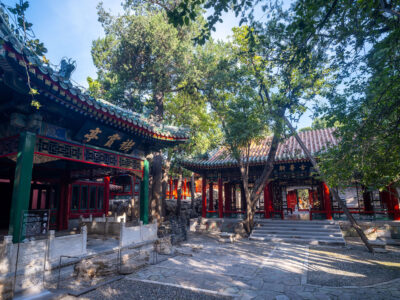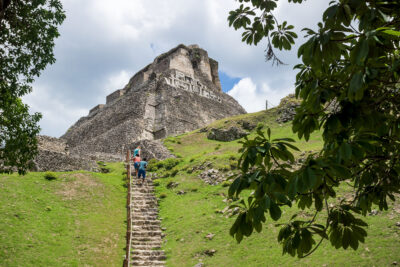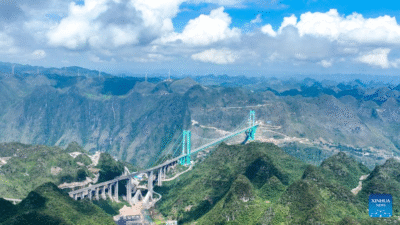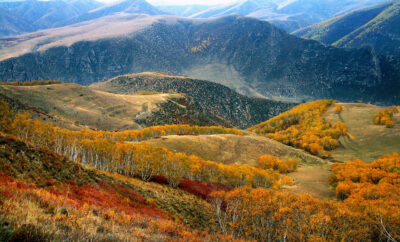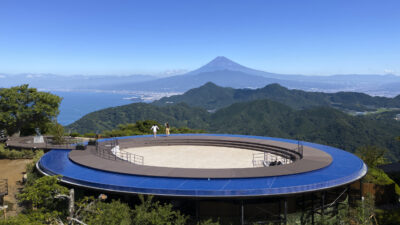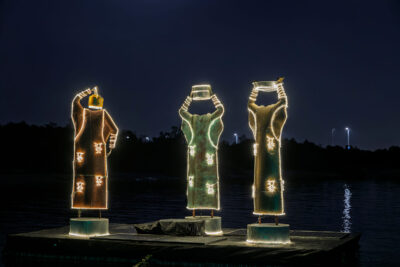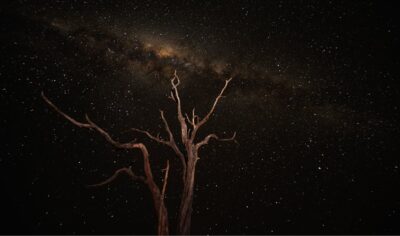
WANDERLUST NEWS
This nature reserve in South Africa is now an International Dark Sky Park This nature reserve in South Africa is now an International Dark Sky Park
Lapalala Wilderness Nature Reserve has just been named an International Dark Sky Park, becoming the first in South Africa and only the second on the continent.
Found in Limpopo Province, the country’s northernmost province, Lapalala Wilderness Nature Reserve is part of the UNESCO Waterberg Biosphere Reserve.
Visitors head to the 480 sq km park to see catch a glimpse of some of Africa’s most iconic species, including lions, leopards and cheetahs, as well as some of its most threatened, such as black rhinoceros, white rhinoceros, African wild dogs and pangolins. Roan antelope are endemic to the reserve.
But there’s just as much to see after dark thanks to the work of Lapalala Wilderness Nature Reserve’s management, and Lepogo Lodges, to reduce light pollution across the park.
Adopting best practices across its lighting features, the teams have replaced or modified more than 1,500 fixtures to reduce glare through shielding and warm-colour temperature bulbs. All future lodges, research infrastructure, and other facilities will also need to follow these guidelines.
Lapalala will continue to monitor the night sky quality, which currently has an average sky quality metre reading of 21.41 magnitudes per square arcsecond. Sky quality metres measure the luminance of the night sky, with a lower reading signifying less light pollution.
Alongside boosting astrotourism opportunities – Lepogo Lodges offer guided night drives, astronomy experiences, and “sleepout” under-the-stars adventures – the changes also help nocturnal creatures such as dung beetles and migratory birds, like the Woodland Kingfisher, which travels by night.
“Lapalala Wilderness Nature Reserve has shown what’s possible when the conservation, community, and dark sky protection unite,” said Amber Harrision, DarkSky Places programme manager.
“By working closely with site custodians and the Lapalala Wilderness School, they’ve created a model where education, astrotourism, and conservation go hand-in-hand. Their efforts invite people to connect with the stars while safeguarding the natural and cultural heritage that makes the reserve extraordinary.”
More information: darksky.org / lapalala.com
Read next: Remembering Wildlife launches charity photobook to help save the pangolin



